Grief
Written by Jonathan Strum
& Medically Reviewed by Dr. Sarah Dash, PHD
Medically Reviewed
Up to Date
Updated 01/19/2021
Key Takeaways
- Grief is thought to progress in stages, but people may progress through stages in different orders. In addition, other models offer alternate explanations.
- Grief reduces over time in most cases, allowing a person to return to living a meaningful life.
- In some instances, grief may exceed the normal process and be more complex or long-lasting. These cases can be more difficult to manage and may be linked with other disorders.
- Coping with loss is challenging, and some people may use drugs or alcohol to cope. This can increase the risk of substance misuse or addiction.
- Complicated or prolonged grief may require formal mental health treatment.
- There is no one model or style of grieving that is right for everyone.
The grieving process is different for everyone, but it can sometimes be severe and long-lasting. Learn more about abnormal types of grieving, how grief is identified and available treatments.
The grieving process is a natural response that occurs after a loss or death. However, dealing with grief and loss can be a deeply personal and challenging experience.
The grieving process is different for everyone, but it is often accompanied by feelings of deep sadness, anger or hopelessness. Although grief can take many forms, some types of grief exceed what is considered the normal grieving process. Cases of abnormal grief may develop into more serious conditions.
Understanding the process of grief can help people to support themselves and others through loss. Recognizing the types of grief can also help people identify when grieving exceeds the usual process and requires extra care.
What Is Grief?
Grief is a natural response to loss or death that involves a range of emotions, including sadness and loneliness. The causes of grief can be a significant and unexpected event involving loss, ranging from the end of a relationship to the death of a loved one.
The signs of grief can vary from person to person, but they typically include physical, emotional and behavioral symptoms. For example, a person who is grieving may experience fatigue, difficulty sleeping, headaches, weakness and changes in appetite.
Although grief and mourning are sometimes used interchangeably, they are different concepts. Grief is an internal process of thoughts and feelings. Mourning, however, represents the outward behaviors that result from grief, such as talking about memories or expressing emotions. There is no perfect way to grieve, but grieving tends to follow a pattern that helps a person to process and overcome loss.
Stages of Grief
The five stages of grief are a general framework of how many people experience the grieving process. While the grief cycle may apply to some people, psychiatrists believe that people may move back and forth between these stages or in different orders, depending on their experience and culture.
The stages of grief include:
Denial
Denial is the first stage of grief, which happens when a person refuses to believe that a loss has occurred. A person may feel denial particularly strongly if a loss was sudden or unexpected.
Anger
Anger is a common stage of grief, as people may feel that their loss is unfair or unjust. Anger can be directed at a person who has died, even though the person grieving understands that it is not rational.
Bargaining
The bargaining stage of grief is a reaction to feeling helpless or vulnerable after a loss. Bargaining during grief can include thoughts about things that could have been done to change the outcome or things that could give the person grieving a sense of control.
Depression
The depression stage of grief can involve the deep sadness of having to go on without someone. It can also revolve around the regret of not doing enough or not spending enough time with someone. Grief can resemble symptoms of depression, but it is not clinically diagnosed in the same way.
Acceptance
The acceptance stage of grief is the final stage, and it brings peace and calm to loss. Not all people experiencing grief will reach acceptance, but it can allow a person to appreciate the time that they had with someone and continue to live their life in a meaningful way.
Grief Models
There are several different grief models used to help understand the process of grieving. Although the traditional 5-step model of grief may represent some experiences, other models offer different interpretations.
The dual process model of grief involves two categories, including the feeling of loss and the process of reorientation. In this model, people who are grieving can move between these two modes of functioning. This means that a person may alternate between processing emotions and making adjustments to their new reality or identity.
The task model of grief is another model, which suggests that grief is a process involving four tasks:
- Accepting the reality of loss
- Processing pain or grief
- Adjusting to a world without the person
- Finding new connection while continuing life
According to this model, the completion of these tasks allows a person to return to living a meaningful and fulfilling life. This model differs slightly from the traditional five stages of grief, but it is similar in that there is no set timeline or pattern.
Types of Grief
There are many different types of grief caused by a variety of factors, such as the type of loss or the person’s way of processing. Recognizing the different types of grief can help people improve their understanding of the grieving process and learn how to help those going through.
Anticipatory Grief
Anticipatory grief is a grieving process that begins before a loss or death occurs. Anticipatory grief can occur when someone is given a terminal diagnosis, causing the person and their family to begin reflecting on life and memories. The symptoms of anticipatory grief occur earlier than in the normal grief cycle, but they can include feelings of deep sadness and even anger.
Normal Grief
Normal grief includes a broad range of reactions and responses to loss. While some people may be very open about their loss, others may process more privately. There are several variations of normal grief, such as delayed grief. Delayed grief can occur when a person must complete tasks like planning a funeral before they feel they are able to process their loss. Healthy normal grief means that a person believes they are able to cope and will ultimately be able to process their loss.
Secondary Loss
Secondary loss in grief refers to losses that occur after the initial loss or death, like the realization of losing a caregiver or a source of social or financial support. Secondary loss can be underestimated, but the changes that follow an initial loss can be very difficult to process. Usually, these losses are internal and represent a change in role or identity.
Complicated Grief
Complicated grief disorder, also known as persistent grief disorder, refers to severe, ongoing and long-lasting emotions following loss. Complicated grief symptoms can include feeling very angry, dwelling on aspects of loss or feeling like life is meaningless. Complicated grief can be common in cases of suicide or dementia, where a loss or experience is particularly traumatic.
Chronic Grief
Chronic grief involves a prolonged period of grieving that can last several years or more. This type of grief can occur as a result of traumatic loss, and it is linked with major depression that may require formal treatment. Treatment for chronic grief syndrome might include therapy to help process a loss.
Absent Grief
Absent grief can be thought of as a prolonged denial stage during the grieving process. During absent grief, a person does not accept or acknowledge that a loss has occurred and may continue behaving as though nothing has changed.
Cumulative Grief
Cumulative grief occurs when a person experiences multiple losses in a short period of time, which can prolong the grieving period. A person may be unable to grieve effectively when they experience a number of losses, and the grief can build up inside. Cumulative grief symptoms can include delayed processing or denial, as well as normal grief symptoms of deep sadness or confusion.
Disenfranchised Grief
Disenfranchised grief describes a loss that is not appropriately acknowledged or recognized by society. For example, women who experience an abortion or miscarriage may experience disenfranchised grief symptoms by isolating from those who do not know or understand. This can also occur in LBGTQ people who lose a partner and have families that do not acknowledge the loss or offer support.
Grief Statistics
Grief is a deeply personal process, and there are a number of factors that can impact how long grief lasts. There is no hard rule for grief duration, but the process generally continues for several months. While a person may not fully return to normal in this time frame, they will become better able to integrate grief into their way of living and functioning. Different people have different experiences, so everyone processes at their own speed.
Grief statistics show that 9.8% of those who experience non-violent bereavement will experience prolonged grief disorder. Evidence also supports that the rates of complicated grief are higher among those who experience violent or traumatic loss, such as suicide or sudden infant death.
Grief and Substance Abuse
Grief is a painful process, and many people may feel that they cannot cope on their own. In some cases, people may use drugs or alcohol to help cope with loss or distract themselves from emotional discomfort.
Substance abuse can occur as a result of unresolved or complicated grief. This is not considered a part of the normal grieving process, and one study found that over a third of participants with substance use disorders presented symptoms of complicated grief. Grief can also interact with other mental disorders like major depression or anxiety, which can make symptoms harder to detect or treat.
There are other factors that can increase the risk of substance use disorders following loss. For example, people who experienced violent or sudden loss are associated with higher rates of alcohol use than those who experienced natural or no loss. Particularly among young men, binge drinking has also been noted as a method of coping with grief, experiencing connection and expressing emotions.
Grief Treatment
Coping with grief is part of the natural grieving process, and those experiencing normal grief may not require treatment. In some cases, talking about the experience with loved ones, processing individually and letting time pass will improve the effects of grieving. However, abnormal or persistent types of grief can be debilitating and may require formal treatment.
For example, evidence supports cognitive behavioral therapy as a grief therapy technique for improving prolonged grief disorder. This is a common type of therapy used to address many mental disorders, and it can help a person identify and challenge unhelpful thoughts or beliefs about their grief.
Understanding the significant events or losses in a person’s life is important for providing appropriate grief treatment. For example, grief can impact the treatment of other mental health or substance use disorders, so its impact on functioning must be considered. Dual diagnosis of substance use disorders and mental health disorders will require different treatment than either condition on its own. This treatment should occur simultaneously, and it requires an understanding of how these disorders contribute to one another.
View Sources
Zisook, Sidney; Shear, Katherine. “Grief and bereavement: what psychiatrists need to know.” World Psychiatry, 2009. Accessed December 10, 2019.
Hall, Christopher. “Beyond Kübler-Ross: Recent developments in our understanding of grief and bereavement.” InPsych, December 2011. Accessed December 10, 2019.
McKiernan, Aiden; Ryan, Patrick; McMahon, Eimear; et al. “Understanding Young People’s Relationship Breakups Using the Dual Processing Model of Coping and Bereavement.” Journal of Loss and Trauma, 2018. Accessed December 10, 2019.
Lundorff, Marie; Holmgren, Helle; Zachariae, Robert; et al. “Prevalence of prolonged grief disorder in adult bereavement: A systematic review and meta-analysis.” Journal of Affective Disorders, 2017. Accessed December 10, 2019.
Nam, Ilsung. “Suicide Bereavement and Complicated Grief: Experiential Avoidance as a Mediating Mechanism.” Journal of Loss and Trauma, 2016. Accessed December 10, 2019.
Masferrer, Laura; Garre-Olmo, Josep; Caparos, Bea. “Clinical syndromes, Complicated Grief and Substance Use Disorder.” Heroin Addiction and Related Clinical Problems, 2016. Accessed December 10, 2019.
Eddinger, Jasmine R.; Humiston, Tori M.; Sutton, Madison L.; et al. “Alcohol Use and Drinking Motives among Suddenly Bereaved College Students.” Journal of Dual Diagnosis, 2019. Accessed December 10, 2019.
Creighton, Genevieve; Oliffe, John; Matthews, Jennifer; et al. ““Dulling the edges”: Young Men’s use of alcohol to deal with grief following the death of a male friend.” Health Education and Behavior, February 2016. Accessed December 10, 2019.
Bryant, Richard A.; Kenny, Lucy; Joscelyne, Amy; et al. “Predictors of treatment response for cognitive behaviour therapy for prolonged grief disorder.” European Journal of Psychotraumatology, February 2019. Accessed December 10, 2019.
Authorship



